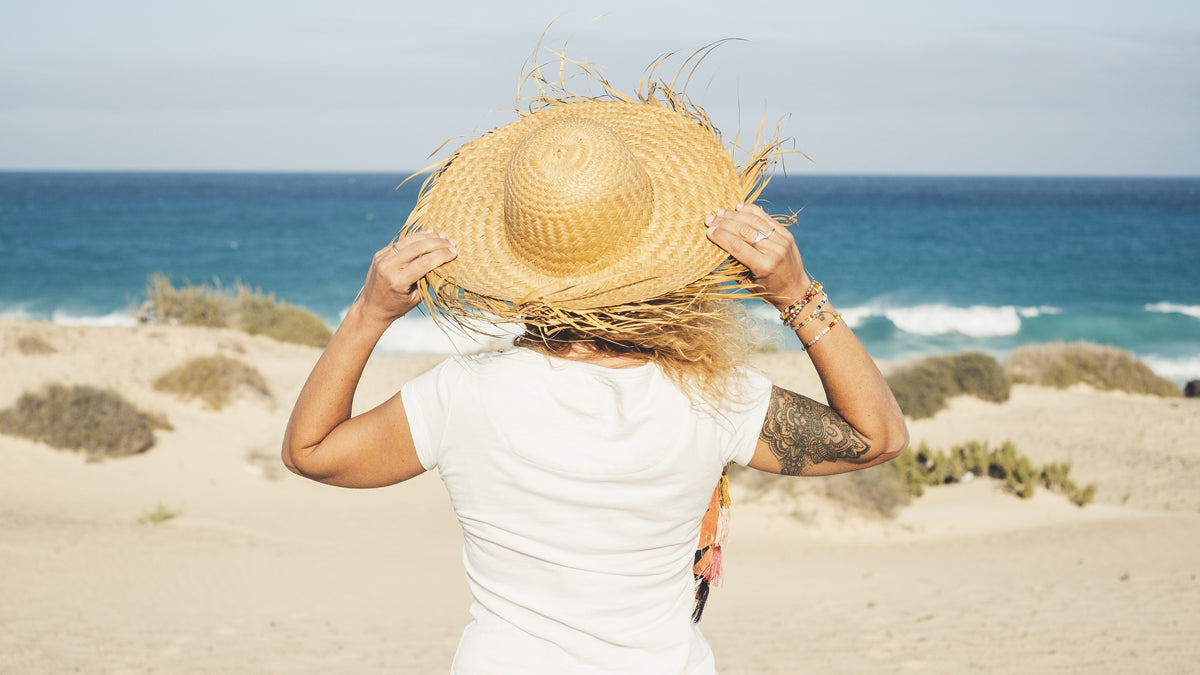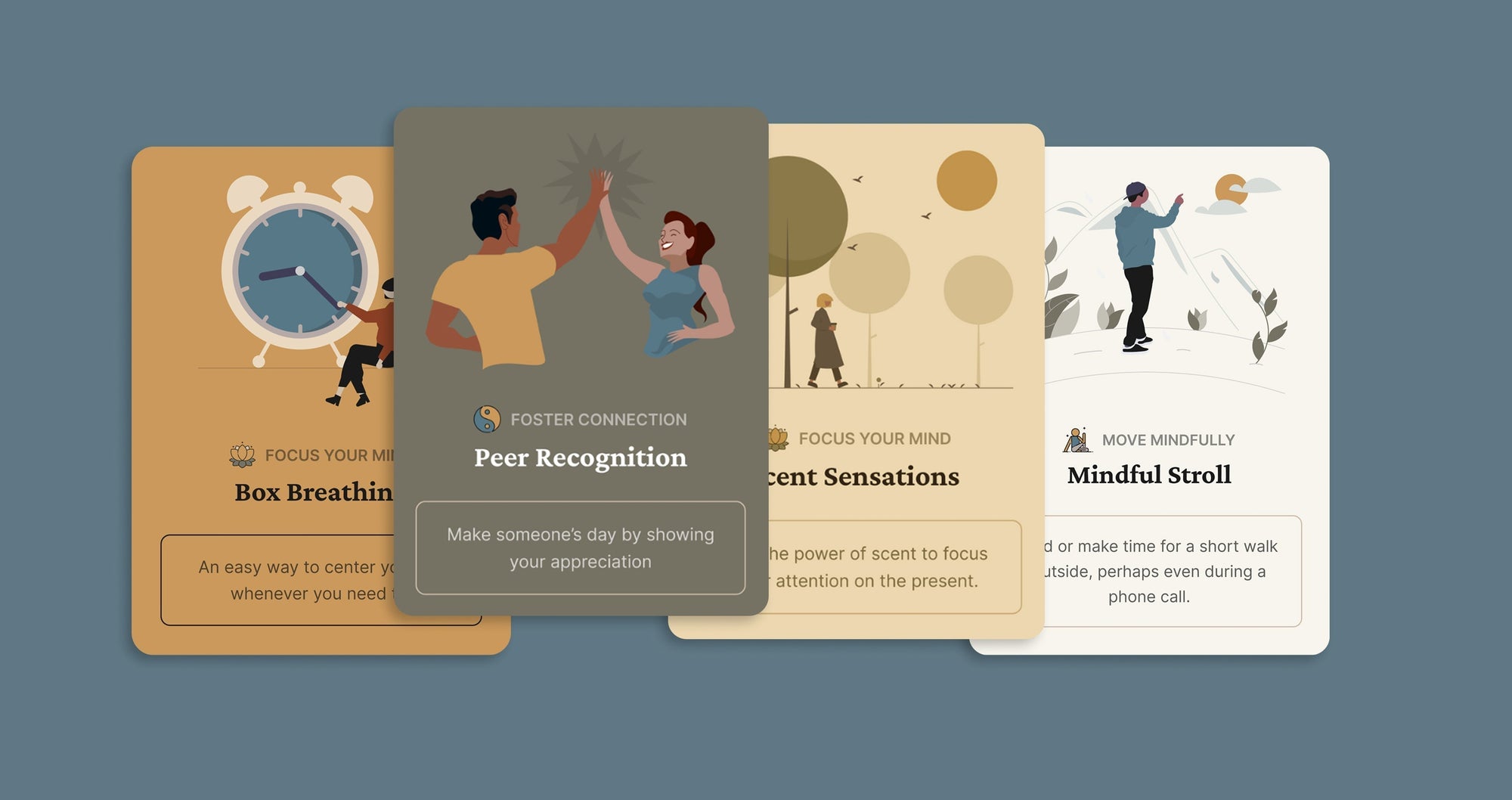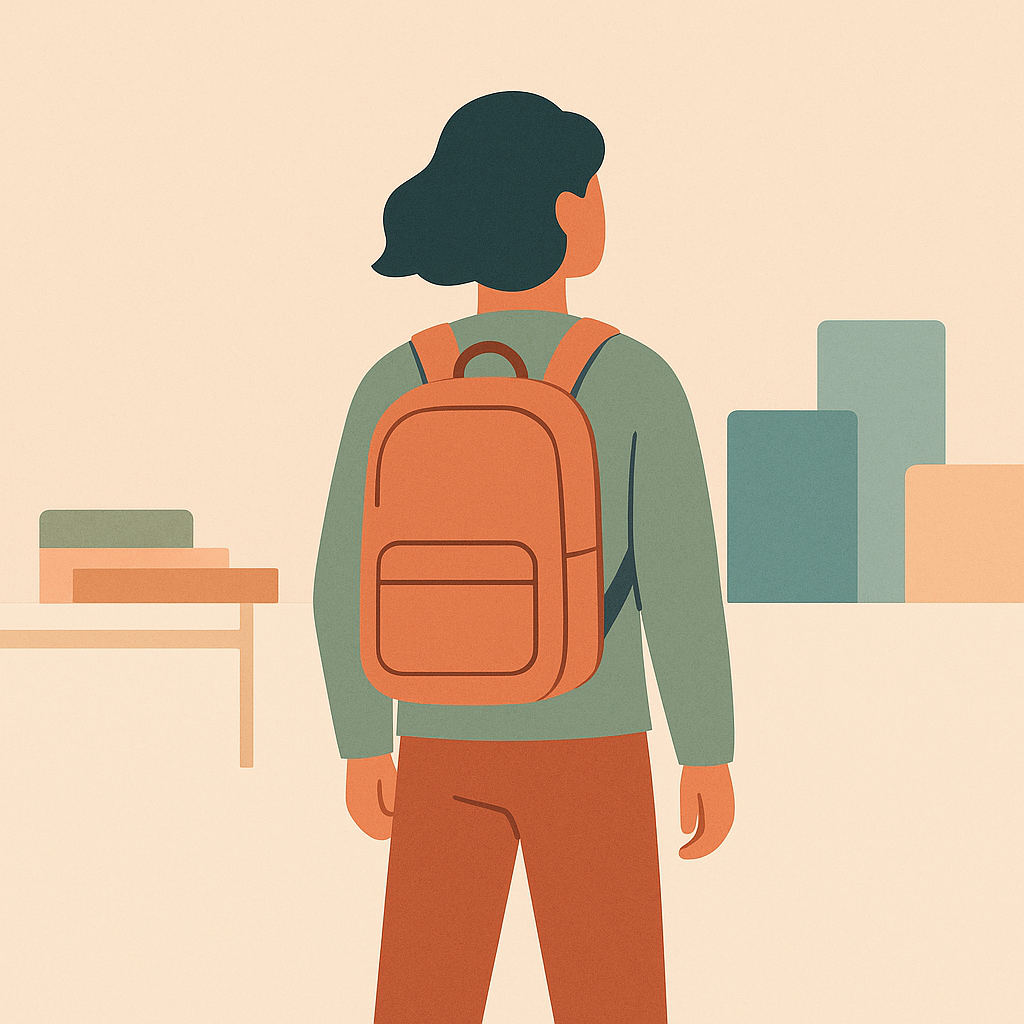Even under the best of circumstances, holiday travel can be stressful, but it’s also something many of us are looking forward to—especially after a year of much more physical distancing and much less social interaction than usual.
If you’re planning to hit the road for the holidays, we have some tips to help you do it in a way that is fun and still relatively safe in the midst of the ongoing pandemic. Whether you’re traveling internationally or just down the street, the following are some tips to consider before you get together with friends and family.
Is it safe to travel during COVID?
The reality is, from a COVID perspective, the safest thing you can do is stay home, but there’s always a tradeoff. The risks of social isolation and loneliness are significant, too. During the pandemic, 40% of US adults have reported symptoms of anxiety and depression, up from just 10% before the pandemic.
Seeing friends and family is not only good for our mental health, but it’s also just plain fun. Most of us are looking forward to reuniting with people we haven’t seen for a while and carrying on holiday traditions like sharing meals together and exchanging gifts.
So while some risk of COVID exposure may be inevitable, how and where you travel can make a big difference in lowering your risk. In general, travel by car is a lot safer than traveling by public transportation such as planes, trains, or buses, which include exposure to larger numbers of people. If you are traveling by plane, (especially international travelers!) be sure to check the requirements and travel restrictions specific to your airline and destination before you leave.
Another thing to consider are the COVID risk levels at your destination. The Centers for Disease Control and Prevention (CDC) has some maps that show relative levels of COVID transmission in different parts of the world and the United States. Obviously, you’ll want to be more careful in higher risk areas. Transmission levels are always changing, especially with the Delta variant and the Omicron variant—and likely more will follow.
This map by the New York Times shows hotspots by region in the US. Darker reds show 250 or more cases of COVID per 100K people in the last week, while lighter colors have much lower levels of transmission (as of December 7, 2021).

Getting together with family during COVID
Family gatherings are a key part of the holidays for many of us. Unfortunately, it can be awkward to talk with family members about COVID risks because politics and attitudes toward the pandemic are closely intertwined, and political differences are more tense than ever.
My best advice is to start the conversation early. If you can clear up questions about who is vaccinated, masking expectations, and other hot button issues before you travel and meet in person, you can minimize potential awkwardness and stress at holiday events.
Last year before the COVID-19 vaccine came out I was extremely uncomfortable about indoor gatherings with people outside my household, especially with those considered high risk such as grandparents. My husband and kids and I got together with my mom and my in-laws in the summer of 2020, but only after extended isolation and travel only by car.
This year, I feel a lot safer because most of my family members are vaccinated. There are a few people who aren’t, though. I certainly don’t want to expose them to COVID, and I’m not thrilled with the risk that they could spread it to my household.
According to research from Australia, unvaccinated people are roughly 20 times more likely to give you COVID than vaccinated people. Given the touchiness of the topic, with my extended family, I’ll likely suggest that everyone take a rapid COVID-19 test on the day we meet up. My household members can take them so we can be comfortable that we’re not putting unvaccinated people at risk.
Ultimately, though, if the unvaccinated people refuse to test themselves, family is important enough to me that I’m still willing to take on the risks for us to get together, especially since it's a rare event. There’s no easy answer, and I’m curious to hear how other people are navigating this situation!
5 tips for safer holiday travel
1.) Get vaccinated — This isn’t news, but please get vaccinated if you haven’t. If you are eligible for a booster shot, get one (all adults are eligible if it’s been six months since the initial vaccination series). You can find a location near you to get a free shot through vaccines.gov. If you're traveling, carry your vaccination card or use an app that shows your vaccination status.
2.) Wear a mask — Especially for higher risk situations such as airline travel, I wear an N-95 mask, which keeps the wearer safer than a fabric one. Fabric ones can be OK for lower risk situations. Here’s a comparison. The most important thing is to wear a mask consistently when appropriate, and to make sure it fits well.
3.) Limit gathering sizes — When you’re traveling you don’t always have control over the agenda, but when possible it’s better to stay in smaller groups and/or to gather outdoors to avoid close contact and increase air circulation. If you’re indoors and it’s not too cold, open a window.
4.) Use COVID-19 tests — Testing can make a huge difference, especially when you’re with people who aren’t fully vaccinated against COVID. There are several types of COVID tests you can get free or fairly inexpensively. If I have a few days before I see someone at high risk, I take a diagnostic test like the RT-PCR test, which is highly accurate. If I need a fast turn around (for example, before meeting a friend for dinner) I take an antigen test like the BinaxNOW. Though it’s less accurate than a PCR test, it has an almost immediate turn around.
5.) Use a COVID risk calculator — There are a lot of variables to consider in managing COVID risk. Fortunately there are some great tools out there to help you not only calculate risks, but also minimize them. I like this calculator developed by the Harvard School of Public Health. It’s easy to use and understand.

How are you and your family handling holiday travel this year? What other tips do you have to stay safe during the ongoing pandemic, while also enjoying your time with loved ones?





